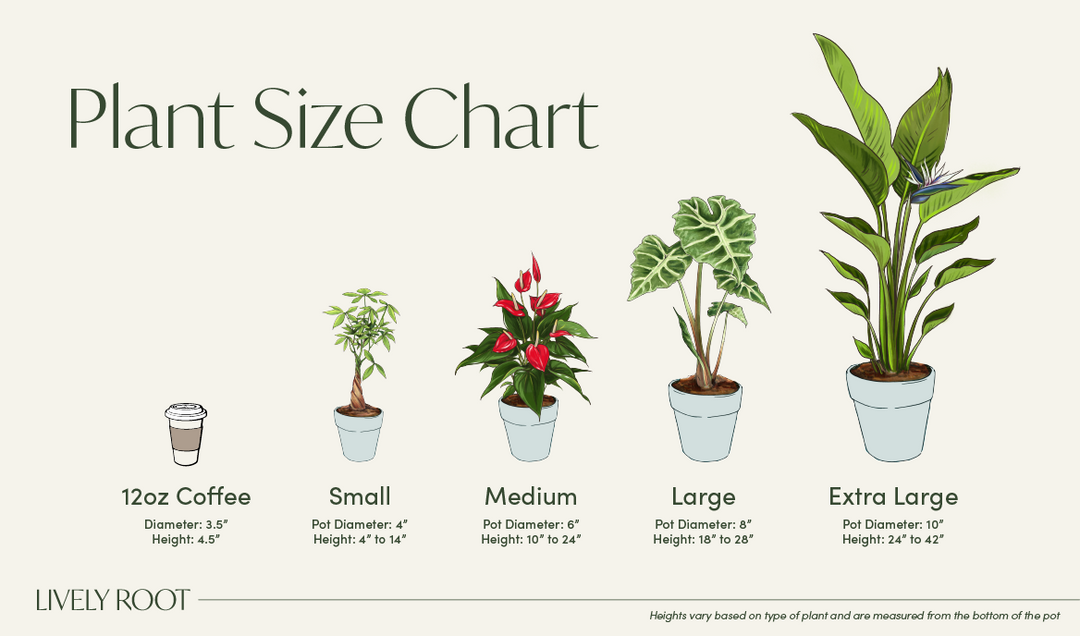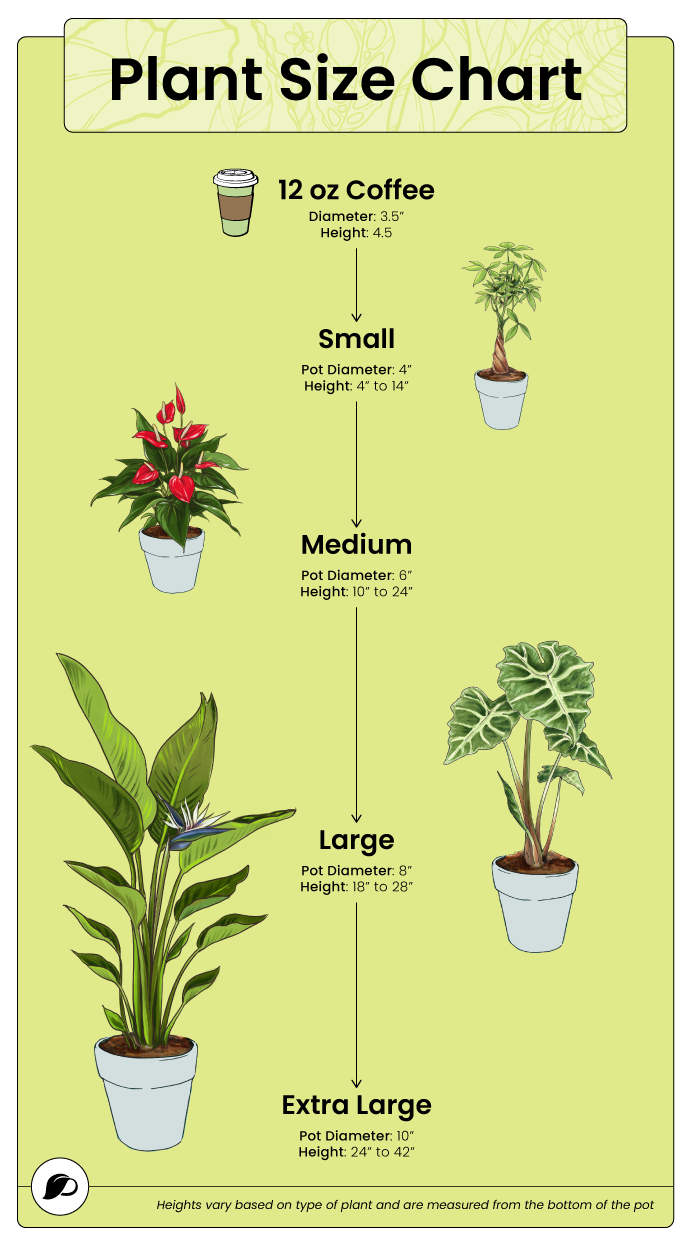Enjoys full sun
Indoor Olive Tree Care Guide & Plant Insights

Indoor Olive Tree: Overview
If you’d like to add a touch of the Mediterranean to your home, the latest houseplant craze could be right up your street—the Olea Europaea ‘Mission’. This indoor olive tree variety is a member of the Oleaceae family, is pet-safe and produces tasty fruit.
Olive trees have been cultivated for thousands of years for their fruit and the oil they produce. They’re also known as the Tree of Eternity, and culturally, they’re associated with peace offerings and goodwill.
These botanical beauties come from the Mediterranean region, where the weather is toasty. They can be cultivated in hardy zones 9/10 and warmer, but they’re unhappy if the temperature drops below 20°F. So, if you live somewhere that puts you out of the running for olive trees outdoors, growing an indoor olive tree is the ideal option. You can keep it indoors during the winter and move the plant outdoors as summer arrives.
Olea Europaea trees can grow 20 feet or taller in their natural habitat. However, you can keep an indoor olive tree smaller when potted in a container.
There are other fruiting varieties, such as Manazanilla, Amfissa, and Arbequina Olive trees. Furthermore, if you want a decorative variant, the gorgeous and compact Dwarf Olive Tree might be just what you want.
Olive Trees: Benefits
- Help clean and purify the indoor air by absorbing toxins
- Add life and beauty to any space
- Bring prosperity and wealth, according to Feng Shui
- Many varieties produce edible fruit
Indoor Olive Tree Care Guide
Home environments don’t quite match up to their native habitats, which makes many people think that Olea trees would be hard to care for. However, if you can provide the right conditions, an indoor olive tree is a remarkably low-maintenance plant.
Light and Water
Place your indoor olive tree in a spot with plenty of sunlight. It prefers direct sunlight for at least 6 hours a day. Allow the soil to dry out between watering. Olive trees are drought-tolerant, so avoid overwatering.
Soil and Fertilizing
Use well-draining soil to prevent waterlogging. A mix of potting soil and sand works well. During the growth season (spring and summer), feed your olive tree with a balanced, water-soluble fertilizer.
Temperature and Humidity
Olive trees prefer warm temperatures between 60-80°F (15-27°C). They adapt well to indoor humidity, but occasional misting can benefit them.
Pruning, Propagating, and Repotting
Prune your olive tree to maintain its shape and remove dead branches. Clean the leaves regularly. Olive trees can be propagated from cuttings. Root them in a well-draining medium. Repot your olive tree every 2-3 years or when it outgrows its container.
Common Problems
Watch for spider mites and scale insects. Treat with neem oil. Yellowing leaves may indicate overwatering, so adjust your watering habits.
Indoor Olive Tree: Placement, Companion & Alternative Plants
Indoor olive trees bring a touch of the Mediterranean to your living spaces with their elegant foliage and symbolic significance. These hardy trees add aesthetic appeal and allow you to cultivate your own olives.
Best Locations & Uses
- Ideal as a focal point and centerpiece in your living room
- Olive trees are suitable for growing as porch plants in warmer, hardy zones
- With its aromatic leaves, the tree is the perfect addition to your kitchen greenery
- Forgiving and easy to care for, indoor olive trees are beginner-friendly
- They are pet-friendly and safe for cats and dogs
Companion Plants
Enhance the vibrancy of your indoor olive tree by strategically selecting companion plants that complement its Mediterranean charm and contribute to a harmonious indoor ecosystem.
- Lavender Primavera (Lavandula stoechas “Primavera”): Cultivate a sensory haven with lavender's aromatic blooms. They pair well with the subtle fragrance of olive leaves and add a touch of elegance to your space.
- Tuscan Blue Rosemary (Rosmarinus officinalis): Create a dynamic duo with rosemary, an herb of Mediterranean origin that offers culinary utility while thriving in similar conditions.
- Aloe Vera (Aloe barbadensis): Pair your olive tree with low-maintenance succulents to introduce a modern touch. The aloe vera plant is a must-have, enhancing the visual appeal and creating a balanced green display.
Alternative Plants
Consider these alternative plants to diversify your indoor garden, ensuring a delightful and pet-friendly environment.
- Pineapple Plant (Ananas comosus): Introduce a tropical flair to enrich your space with visual interest! The pineapple plant offers striking foliage and the potential for a mini fruit harvest.
- Dwarf Cavendish Banana (Musa acuminata): Elevate your indoor garden with the lush and compact beauty of the Dwarf Cavendish Banana, providing a touch of the tropics and a potential for homegrown bananas.
- Spider Plant (Chlorophytum comosum): Opt for the spider plant, known for its air-purifying qualities and arching, variegated leaves, adding a refreshing and adaptable green companion to your indoor landscape.
Buy LivelyRoot’s Olive Tree and Expand Your Indoor Garden
Ready to elevate your indoor garden with the beauty of an indoor olive tree? Enhance your living space with this evergreen treasure's timeless elegance!
Customer Reviews
Follow us @livelyroot & show us your #livelyroot plants

